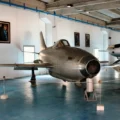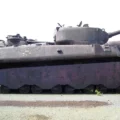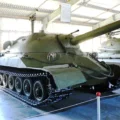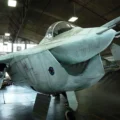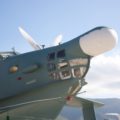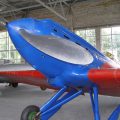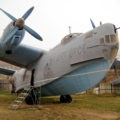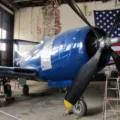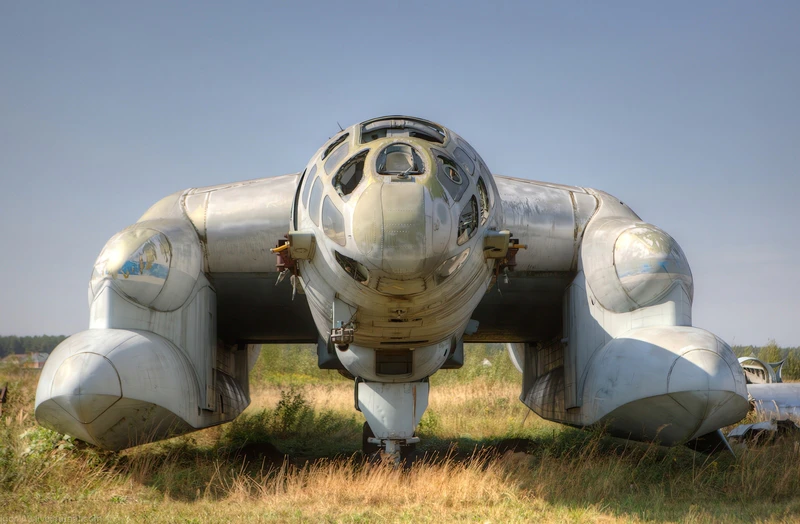
Bartini Beriev VVA-14 | |
|---|---|
| Paese | Unione Sovietica |
| digitare | Aerei anfibi ASW |
| Primo volo | 4 settembre 1972 |
| Costruito | 2 |
Le Bartini Beriev VVA-14 Vertikaľno-Vzletayushchaya Amfibiya (aereo anfibio a decollo verticale) era un aereo ad effetto ala-in-terra sviluppato in Unione Sovietica durante i primi anni 1970. Progettato per essere in grado di decollare dall'acqua e volare ad alta velocità su lunghe distanze, doveva fare veri voli ad alta quota, ma anche avere la capacità di volare in modo efficiente appena sopra la superficie del mare, utilizzando l'effetto suolo aerodinamico. Il VVA-14 è stato progettato dal designer italiano Robert Bartini in risposta a un requisito percepito di distruggere i sottomarini missilistici Polaris della Marina degli Stati Uniti. L'ultimo aereo fu ritirato nel 1987.
| Bartini Beriev VVA-14 A spasso | |
|---|---|
| Fotografo | Igor' Kolokolov |
| Localizzazione | Inconsapevole |
| Foto | 130 |
Vedi anche:
Il Bartini Beriev VVA-14 era un aereo unico sviluppato dall'Unione Sovietica nei primi anni '70. È stato progettato da Robert Bartini, un ingegnere di origine ungherese che ha lavorato per il Beriev Design Bureau. Il VVA-14 era destinato ad essere un aereo anfibio in grado di decollare e atterrare sull'acqua, volare ad alta velocità su lunghe distanze e utilizzare l'effetto aerodinamico del suolo per volare in modo efficiente appena sopra la superficie del mare. Lo scopo principale del VVA-14 era quello di contrastare la minaccia dei sottomarini lanciamissili Polaris della Marina degli Stati Uniti, che potevano lanciare missili nucleari da sott'acqua.
Il VVA-14 aveva un aspetto futuristico, con una grande sezione alare centrale che ospitava due motori turbofan e quattro ali più piccole che potevano essere inclinate verticalmente per il decollo e l'atterraggio. L'aereo aveva anche pontoni gonfiabili sulle estremità alari che potevano essere dispiegati per le operazioni in acqua. Il VVA-14 era stato progettato per avere un sofisticato sistema di guerra antisommergibile, tra cui un sistema Burevestnik computerizzato, un rilevatore di anomalie magnetiche Bor-1 e vari sensori e armi.
Lo sviluppo del VVA-14 fu diviso in tre fasi: il VVA-14M1 era un banco di prova di aerodinamica e tecnologia di base; il VVA-14M2 era una versione avanzata con motori aggiuntivi per la capacità di decollo e atterraggio verticale (VTOL); e il VVA-14M3 era la versione operativa finale con armamento ed equipaggiamento completi. Tuttavia, solo due prototipi sono stati costruiti e testati: un VVA-14M1 e uno modificato come VVA-14M1P. Il progetto ha dovuto affrontare molte difficoltà tecniche, in particolare con i pontoni gonfiabili e i motori VTOL, che non sono mai stati consegnati dal loro fornitore. Dopo la morte di Bartini nel 1974, il progetto perse slancio e terminò nel 1987.
L'unico VVA-14 sopravvissuto è ora esposto al Museo dell'Aeronautica Militare Centrale di Mosca, dove rimane in uno stato di smantellamento. Il VVA-14 è stato uno dei progetti aeronautici più ambiziosi e innovativi del suo tempo, ma non ha mai raggiunto il suo pieno potenziale né è mai entrato in servizio.
Visualizzazioni : 3408



